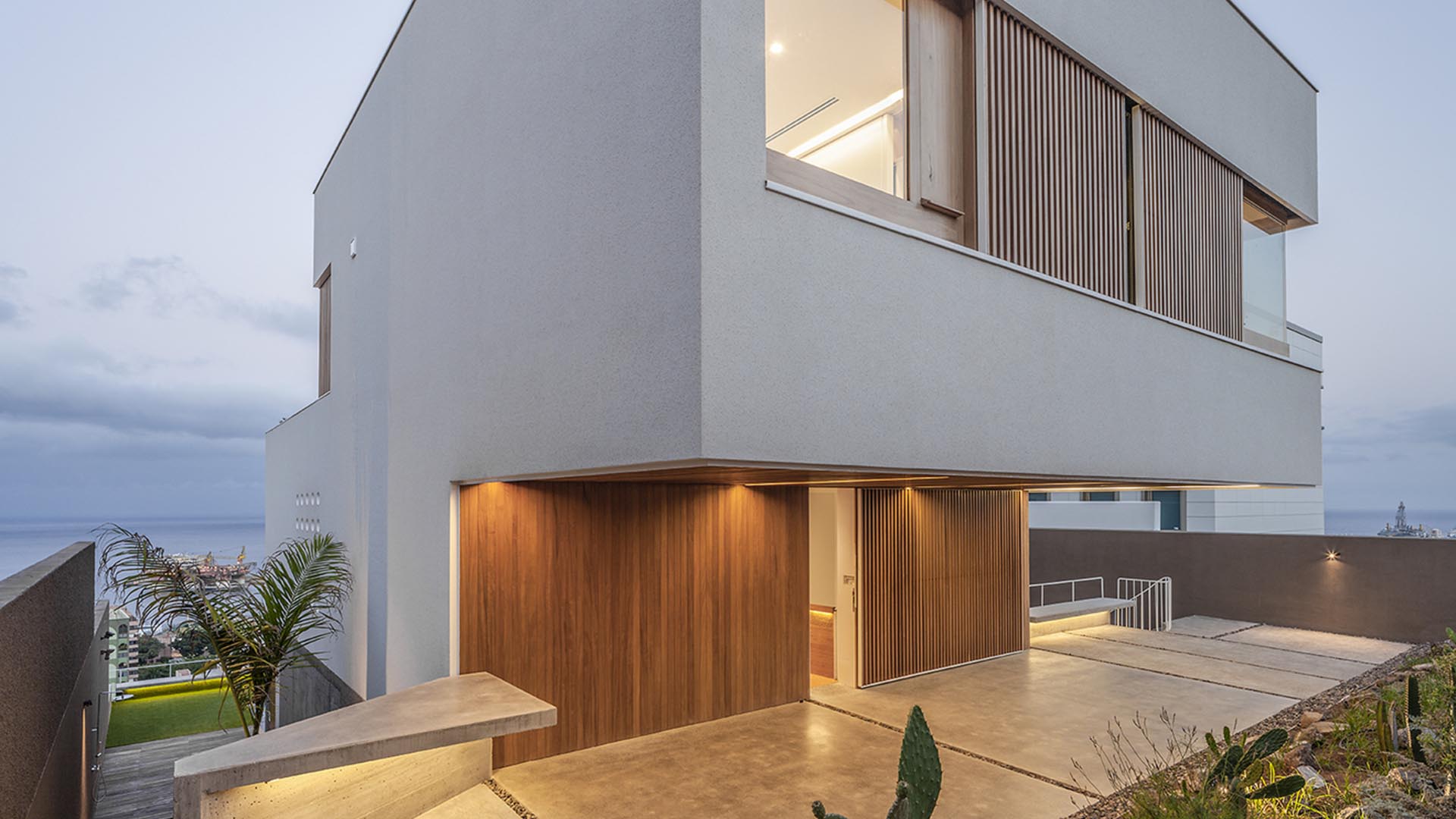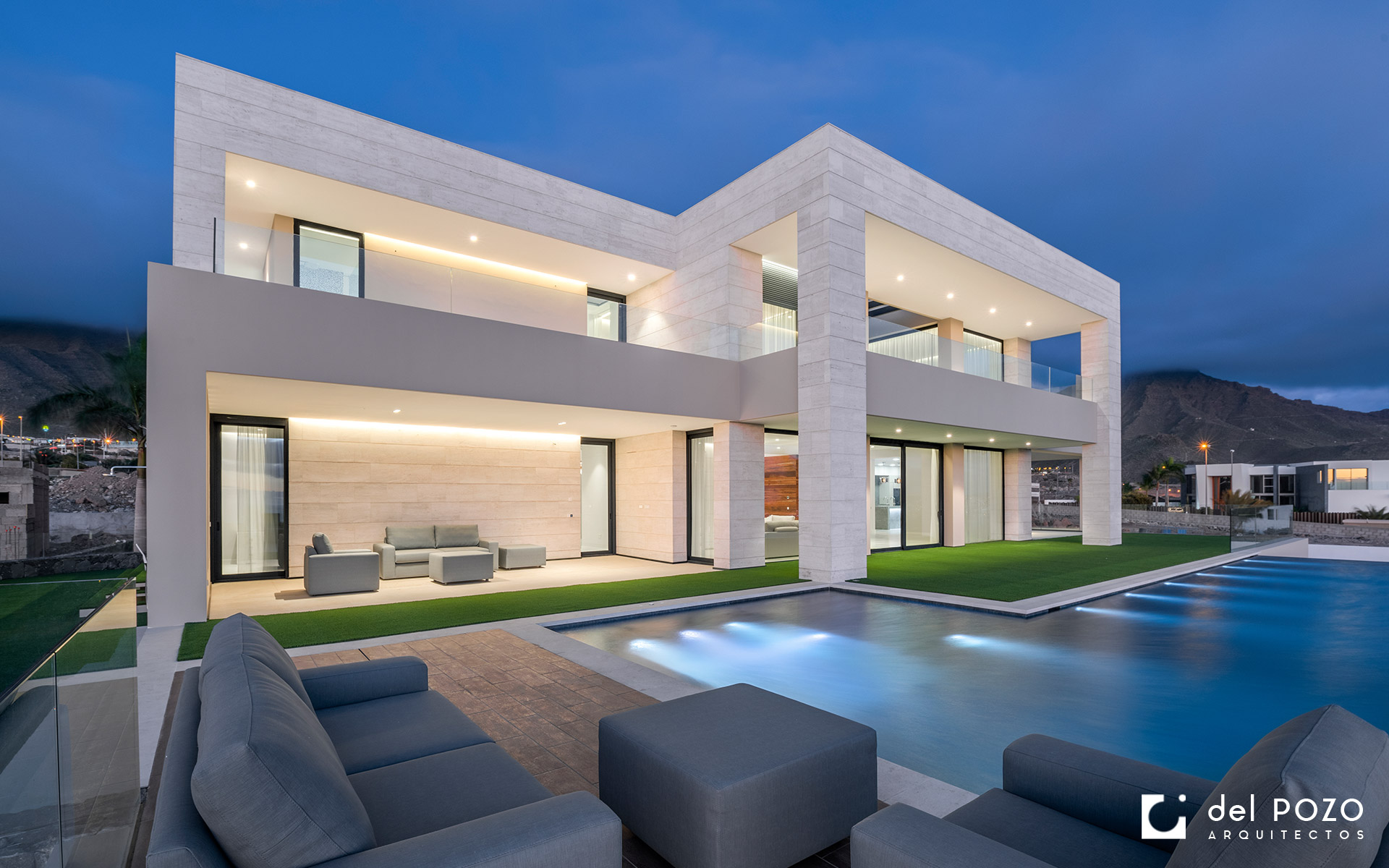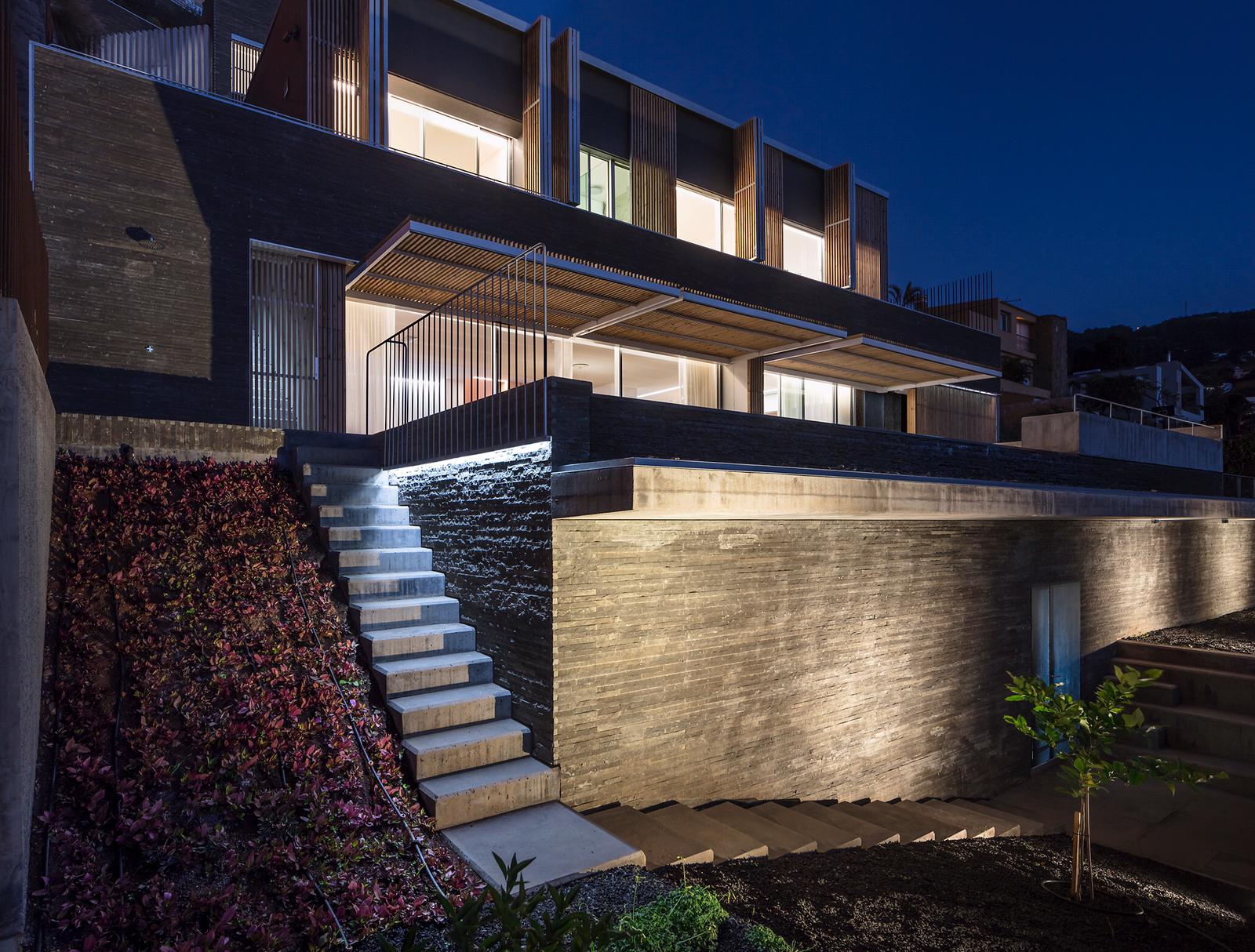Glossary
-
Actuator
Actuators are those elements that can have an effect on an automated process. Actuators are devices capable of generating force from liquids, electrical and gaseous energy. The actuator receives the order of a regulator or controller and gives an output necessary to activate a final control element such as valves.
-
ADSL
ADSL stands for Asymmetric Digital Subscriber Line. ADSL is a type of DSL line. It consists of a digital data transmission (the transmission is analog) supported on the symmetrical copper pair that carries the conventional telephone line or subscriber line, as long as the line length does not exceed 5.5 km measured from the telephone exchange, or there are no other services on the same cable that may interfere.
-
AENOR
The Spanish Association for Standardization and Certification (Aenor) is an organization dedicated to the development of standardization and certification (N+C) in all industrial and service sectors.
-
Bandwidth
In Internet connections, bandwidth is the amount of information or data that can be sent over a network connection in a given period of time. Bandwidth is generally stated in bits per second (bps), kilobits per second (kbps), or megabits per second (mbps).
-
ASIMELEC
ASIMELEC is the Multisectorial Association of Information Technology, Communications and Electronics Companies.
-
Multiroom Audio
Zoned audio system with which the same or different audio tracks can be played in each of the rooms in which it is installed.
-
Automation and Control
It covers the control (off/on, open/close and dimming) of domestic applications and devices such as lighting, air conditioning, blinds/shades, doors and windows, locks, irrigation, household appliances, water supply, gas, electricity, etc.
-
Broadband
Data transmission in which several pieces of information are sent simultaneously, in order to increase the effective transmission speed. In network engineering this term is also used for methods where two or more signals share a transmission medium.
-
Bluetooth
Wireless communication standard that enables voice and data transmission between different devices via a radio frequency link in the 2.4 GHz ISM band. The main objectives to be achieved with this standard are: to facilitate communications between mobile and fixed equipment; to eliminate cables and connectors between them: To facilitate communications between mobile and fixed equipment; to eliminate cables and connectors between them; to offer the possibility of creating small wireless networks and to facilitate data synchronization between personal equipment.
-
Bus
Digital data transmission system through a cable between different communication devices (Nodes).
-
Network camera or IP camera
It is a video camera that broadcasts images directly to the network (Intranet or Internet) without the need for a computer.
-
CENELEC
CENELEC (French: Comité Européen de Normalisation Electrotechnique) is the European Committee for Electrotechnical Standardization. CENELEC is responsible for European standardization in the areas of electrical engineering.
-
CCTV
Closed Circuit Television or CCTV. It is a video surveillance technology designed to monitor a variety of environments and activities from one or several control centers. It is called a closed circuit because, unlike diffusion, all its components are linked. Moreover, unlike conventional TV, this is a system designed for a limited number of viewers.
-
Switch
A switch is an electrical or electronic device that makes it possible to modify the path that electrons must follow. They are similar to switches in their external shape, but the switches both disconnect one circuit and connect another.
-
Controller
A controller is any programmable electronic device that, through its internal logic, is capable of executing a process automatically.
-
Carrier currents
This is the name given to the transmission medium used for communication between certain devices. It is based on the use of the wiring of the existing electrical network as a means of transporting information, so that the data bus becomes the electrical wiring itself. Examples of carrier networks can be seen in the X-10 standard or in today’s PLC adapter devices that transmit the Ethernet network over the power grid.
-
Gas detector
Detector designed for gas leak detection (propane, butane, CO, etc.) and subsequent notification to the user or home automation system.
-
Flood detector
Detector designed for the detection of water leaks and subsequent notification to the home automation system.
-
Thermovelocimetric detector
Designed for the detection of rapidly evolving fires. It responds to a sudden rise in temperature in a short period of time.
-
Ionic detectors
Sensor sensitive to non-visible smoke. They detect a fire before the formation of flames and their subsequent temperature rise.
-
Dimmer
Actuating device for dimming control of a group of luminaires.
-
IP Address
An IP address is a numerical label that identifies, logically and hierarchically, an interface of a device (usually a computer within a network using the Internet Protocol (IP), which corresponds to the network level of the TCP/IP protocol.
-
Home automation
The term Domotics comes from the union of the words domus (meaning house in Latin) and tica (from automatica, a Greek word, “that works by itself”). Home automation is understood as the set of systems capable of automating a home, providing energy management, security, welfare and communication services, which can be integrated through indoor and outdoor communication networks, wired or wireless, and whose control enjoys a certain ubiquity, from inside and outside the home. It could be defined as the integration of technology into the intelligent design of an enclosure.
-
Ignition
A set of lamps that are switched on and off at the same time from a switch or pushbutton is called “On”. For example, if a room has two lamps on the ceiling, but they are both turned on at the same time from the same switch, we will count it as a single switch-on.
-
Adjustable ignition
Also known as dimmable lighting, it is the possibility to control the lighting level through a dimmer actuator. A resource widely used in home automation to adapt the level of light in a room, achieving energy savings in situations where natural light is sufficient to not turn on the light completely or to create different atmospheres.
-
Standard
Systems used by different manufacturers that allow integration and communication between devices of different brands. For example: KNX, Lonworks, X10,…
-
Standard X-10
X-10 is a communications protocol for remote control of electrical devices. It uses the power line (220V or 110V) to transmit control signals between home automation equipment in digital format. It is the most widely used carrier current standard in the home automation market.
-
KNX standard
It is the most powerful European standard in home automation installations. The KNX standard is based on EIB technology, and expands its functionality by adding new physical media to the KNX standard and the BatiBUS and EHS configuration modes.
-
European Home System (EHS)
The EHS (European Home System) standard was another attempt by the European industry (1984), sponsored by the European Commission, to create a technology that would allow the implementation of home automation in the residential market on a massive scale. The result was the specification of the EHS in 1992. It is based on an OSI (Open Standard Interconnection) level topology, and specifies the physical, data link, network and application levels. Source: Casadomo.
-
Optical fiber
Fiber optics is a transmission medium commonly used in data networks; a very thin wire of transparent material, glass or plastic materials, through which pulses of light representing the data to be transmitted are sent. The light beam is completely confined and propagates through the fiber core with a reflection angle above the limiting angle of total reflection, according to Snell’s law. The light source can be laser or LED.
-
Firmware
Functionally, the firmware is the intermediary (interface) between the external commands received by the device and its electronics, since it is in charge of controlling the latter to correctly execute these external commands.
-
Digital Home
The Digital Home is a home that through different equipment and systems, and the technological integration between them, thanks to home automation, offers its inhabitants functions and services that facilitate the management and maintenance of the home, increase security; increase comfort; improve telecommunications; save energy, costs and time, and offer new forms of entertainment, leisure and other services within the home and its surroundings without affecting normal homes.
-
Infrared
Infrared radiation, thermal radiation or IR radiation is a type of electromagnetic radiation of longer wavelength than visible light, but shorter than that of microwaves. Typically used in remote controls.
-
Inmotics
Inmotics or “Intelligent Building”, which consists of incorporating automated technical management systems of the installations into the equipment of tertiary or industrial buildings (office buildings, convention centers, hotels, hospitals, industrial buildings, etc.), with the aim of reducing energy consumption, increasing comfort and safety.
-
Integrator
Integrator is the professional in charge of the design of a home automation or building automation installation and its subsequent programming and commissioning.
-
Interface
Elements that convert one type of signal into another to connect two devices with different characteristics, although with certain compatibility thanks to this one.
-
Khz
Kilohertz, equivalent to 1000 hertz. A Hertz is the unit of frequency equal to one cycle per second.
-
Konnex (KNX)
The European Installation Bus (EIB or EIBus) is a home automation system based on a data bus. Unlike X10, which uses mains power, and other current RF systems, the EIB uses its own wiring, so the appropriate conduits must be installed in the home and for the system. The EIB, through gateways, can be used in wireless systems such as infrared, radio frequency or even packaged to send information over the Internet or other IP network.
-
LED
LED is the acronym for Light Emitting Diode or Light Emitting Diode. They are used as indicators and more and more in different applications: luminaires, traffic lights, TV, etc… due to their low power consumption and high luminosity.
-
LonMark
LonMark España (LME) is the association of LON technology users, created by the initiative of leading companies in the different sectors of application of LON technology (home automation, building automation, industrial and transport control). LONWORKS technology, as an open system, provides integrators with the ability to implement projects with devices from different manufacturers.
-
LonWorks
LonWorks is a proprietary standard developed by Echelon. The standard has been ratified by the ANSI organization as official in October 1999. The Lonworks standard is based on the scheme proposed by LON (Local Operating Network). This consists of a set of intelligent devices, or nodes, that are connected by one or more physical media and communicate using a common protocol. Intelligent means that each node is autonomous and proactive, so that it can be programmed to send messages to any other node as a result of certain conditions being met, or to carry out certain actions in response to messages received.
-
Mhz
Megahertz. Equivalent to one million hertz.
-
Website
A web page is a document adapted for viewing on a computer through a program called a browser. This document may contain text, photos, videos and hyperlinks, which are links to other web pages. These links between pages is what gives the name to the www (World Wide Web).
-
Touch screen 3.8
Monochrome backlit LCD with the following features: Room thermostat, ƒ Comprehensive climate management (Heating and A/C),ƒ 12 freely configurable direct action functions, 6 submenus with up to 6 functions each: Scenes, Alarms , Time schedules, Climate settings and Display parameters. Receiver for IR remote control. Full data backup in case of power loss.
-
PDA
PDA, Personal Digital Assistant, is a handheld computer originally designed as an electronic agenda (calendar, contact list, notepad and reminders) with a handwriting recognition system.
-
PLC
(Programmable Logic Controller) is an electronic device, which, as its name suggests, is designed to program and control sequential processes in real time. Generally, this type of equipment can be found in industrial environments. PLCs are used to perform automatisms, a program can be entered in its storage disk, and with an integrated microprocessor, the program runs, you have to know that there are infinite types of PLC. They have different properties, which help to facilitate certain tasks for which they are designed.
-
Programming
A programming language is an artificial language designed to express computations that can be carried out by machines like computers, PLCs, etc. They can be used to create programs that control the physical and logical behavior of a machine, to express algorithms with precision, or as a mode of human communication (User Interface).
-
ISDN
It is the acronym for Integrated Services Digital Network and is an evolution of the Integrated Digital Network (IDN) and facilitates end-to-end digital connections to provide a wide range of services, both voice and non-voice, and is accessed by users through a set of standardized interfaces.
-
REBT
The Low Voltage Electrotechnical Regulation is a mandatory Spanish regulation that prescribes the conditions for the assembly, operation and maintenance of low voltage installations. According to these regulations in Spain, low voltage is considered to be that which is less than or equal to 1000 volts in alternating current or 1500 volts in the case of direct current.
-
Home Network
It is a small computer network installed in a private home.
-
Wireless local area network
Wireless Local Area Networks (WLAN) is a wireless network system for individuals or companies that wish to have greater freedom of movement beyond traditional wired networks or that need greater flexibility to adapt to frequent changes.
-
Remote
The word is used to define systems or elements of systems that are physically separated from a central unit, as for example in the case of remote access to an installation via the Internet.
-
Noise
Unwanted disturbances that hinder the transmission of information from a sender to a receiver.
-
Router
Routers in homes and small businesses are the devices responsible for providing access to the outside world (the Internet) from a home network consisting of one or more devices.
-
Security
The term security comes from the Latin word securitas. Safety can be referred to in everyday life as the absence of risk or also as confidence in something or someone.
-
Sensors
A sensor is a device capable of measuring physical or chemical quantities, called instrumentation variables, and transforming them into electrical variables. Instrumentation variables can be for example: temperature, light intensity, distance, acceleration, inclination, tilt, displacement, pressure, force, torque, humidity, pH, etc.
-
Intrusion sensors
Devices that detect, within their radius of action, the presence of people or other foreign elements that attempt to gain access to the surface to be protected.
-
Web server
Device that is incorporated into the KNX network of a home or office and that allows to host a web page, accessible from anywhere (Internet), for the visualization and control of the KNX installation.
-
HIC Service
Specific viewing service for mobile devices, e.g. iPhone, iPod Touch, Android, PDA, Blackberry, etc… for control over the KNX installation. This service works both inside and outside the home network and requires the installation of a specific device.
-
Presence Simulation
Presence simulation is understood as the system that allows simulating that the house is inhabited by performing different actions: turning lights on and off, opening and closing blinds, etc. to prevent burglary.
-
Centralized System
A home automation system is said to be centralized when there is only a single point of control, i.e. there is a single device that contains all the programming and logic of the installation, while the other devices are generally limited to sensors and actuators without internal logic. It has the disadvantage that if, due to a breakdown or power failure, the device stops working, the whole installation stops working.
-
Decentralized System
A home automation system is said to be decentralized when the programming logic is distributed among several devices. Thus, in the event of a failure in one of them, the rest would continue to operate normally.
-
Software
Intangible logical part of any computer system. Examples: programs.
-
Split
Split is the name given to indoor air conditioning machines that are mounted on the wall and may or may not depend on an outdoor unit.
-
Tablet-PC
A Tablet PC is a computer halfway between a laptop and a PDA, on which you can type via a touch screen. A user can use a stylus to work with the computer without a keyboard or mouse.
-
Telecommunications
Telecommunication is a technique of transmitting a message from one point to another, usually with the additional typical attribute of being bidirectional. The term telecommunication covers all forms of distance communication, including radio, telegraphy, television, telephony, data transmission and computer interconnection at the link level.
-
Telematics
Telematics is a scientific and technological discipline that encompasses the study, design, management and application of communication networks and services for the transport, storage and processing of any type of information (data, voice, video, etc.).
-
Timer
Programmable device that allows to measure time.
-
Voice and Data
A Voice and Data installation is a computer network, whether domestic or business, that distributes telephony (Voice) and Internet (data) services from a single central point (telecommunications Rack). In this way, the service received at any user socket of the installation can be modified by simply reconnecting to the Rack.
-
WAP
Wireless Application Protocol or WAP (Wireless Application Protocol) is an international open standard for applications that use wireless communications, e.g. accessing Internet services from a cell phone.
ZEB
Zero Emission Building. A zero energy building (ZEB) or net zero energy building is a term applied to buildings with a net energy consumption close to zero in a typical year. In other words, the energy comes from the building itself through renewable energy sources and should be equal to the energy demanded by the building.
home automation
female name
A set of techniques aimed at automating a home, integrating technology in security, energy management, welfare or communications systems.
building automation
female name
It is the set of technologies applied to the control and intelligent automation of non-dwelling buildings, such as hotels, shopping centers, schools, universities, hospitals and all tertiary buildings, allowing efficient management of energy use, in addition to providing security, comfort, and communication between the user and the system.









